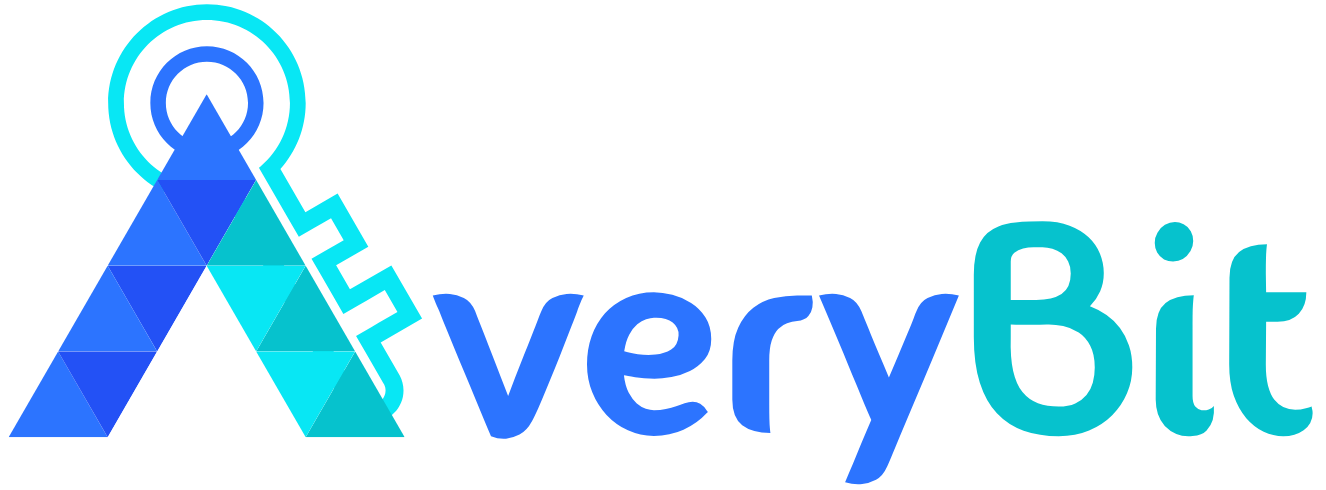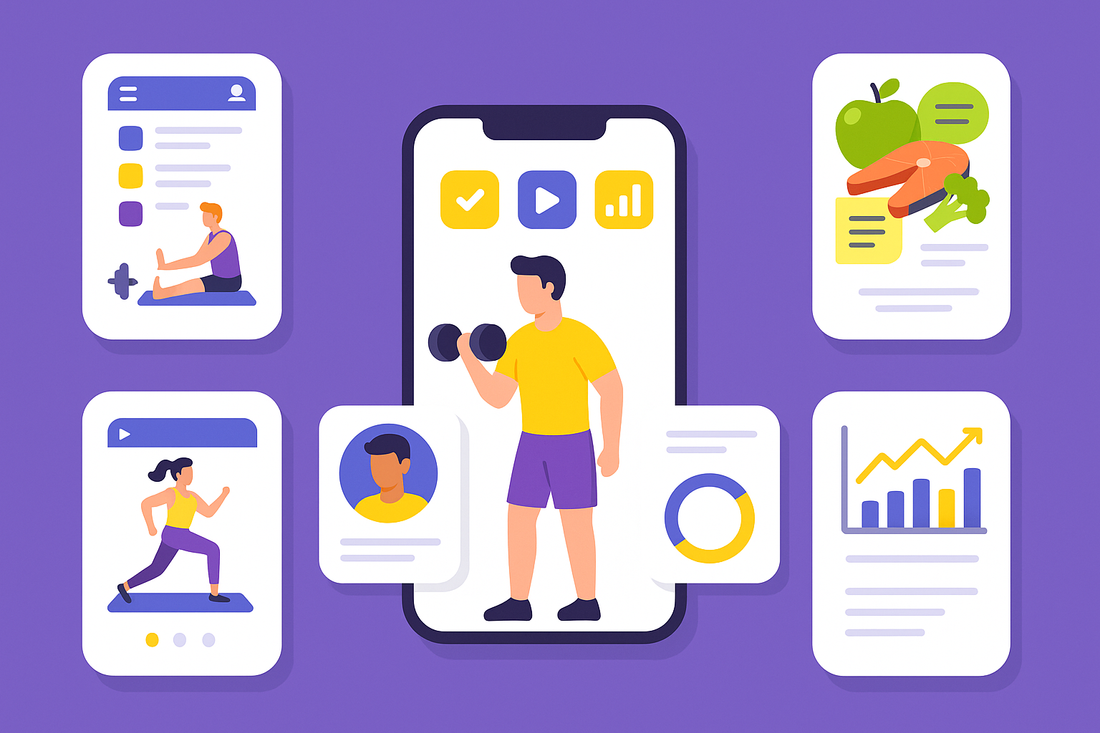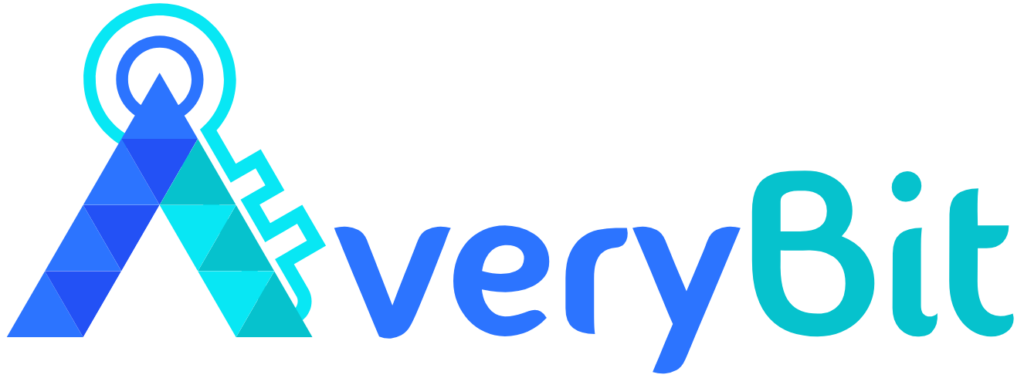
In today’s digital age, mobile applications have become an essential part of our everyday lives, providing convenience, entertainment, and productivity at our fingertips. For developers and entrepreneurs, the goal of making a mobile app is not only to solve problems or offer distinctive experiences, but also to make money. With millions of apps on the market, standing out and earning money necessitates a deliberate strategy. This article delves into the five greatest ways to monetise a mobile app, offering insights and advice on how to maximize your app’s earning potential while keeping a positive user experience.
1. In-app purchases
In-app purchases (IAPs) are a common method of app monetization in the gaming, productivity, and content-based industries. They allow users to purchase virtual products or premium features directly within an app. These purchases can be non-consumable, like unlocking premium features or getting rid of adverts, which are one-time payments, or consumable, like extra lives or virtual cash, which can be used repeatedly. Subscriptions provide recurring income by giving customers continuous access to features or material, whereas unlockables grant consumers access to exclusive features or content only after a single payment. Value must be guaranteed, free and paid content must be balanced, and purchases must be smoothly integrated into the user experience for IAPs to be implemented successfully. Sales can be boosted and user engagement maintained with frequent updates, original content, and targeted promotions. Sustaining user confidence necessitates clear benefit communication and price transparency. By tracking user behavior and collecting feedback, products can be optimized and IAPs become a flexible and scalable source of revenue that improves user engagement.
2. Subscription Model
The subscription model is a monetization strategy where users pay a recurring charge, usually once a month or once a year, to have ongoing access to premium features, content, or services within an app. This approach is popular in productivity tools, educational apps, and streaming services, providing developers with a consistent and reliable source of income. By giving users continuous value, it promotes enduring engagement and loyalty. Having features or material that is appealing and updated frequently is essential for success and should be priced accordingly. Building trust and lowering churn requires open pricing and clear communication of subscription advantages. Paid users can be drawn in by offering free trials or tier-based subscription plans. Utilizing user analytics also aids in the optimization of subscription products, making sure they satisfy user requirements and preferences and increasing revenue and retention.
3. Advertising
One popular method of app monetization is advertising, when developers place ads inside their apps to generate revenue. These advertisements can be in the shape of banner ads, interstitials, videos, native ads, or other formats, each of which offers a unique user experience and opportunity for profit. Interstitial advertising fills the entire screen and shows up at organic transition points, whereas banner ads are tiny and usually show up at the top or bottom of the screen. Native ads mix in perfectly with app content, while video ads frequently provide viewers in-app rewards for watching. It is essential to set up ads wisely and strike a balance between ad frequency and user interaction in order to optimize income without detracting from the user experience. Ad revenue can be maximized by using ad mediation services, which source ads from many networks. Moreover, ads can be more relevant and effective when they are targeted based on user behavior and demographics, which raises click-through rates. Ad tactics are improved by ongoing testing and observation, ensuring that they enhance both the overall user experience and financial performance of the app.
4. Freemium Model
An app with minimal functionality can be downloaded for free using the freemium model, which charges a fee for additional features or content. By lowering the initial cost barrier and enabling people to test the software before choosing to upgrade, this tactic draws in a large user base. Offering enough content in the free version to draw customers in and making sure the premium features are attractive enough to encourage conversions are the keys to success. To entice consumers to upgrade, it’s imperative to communicate the advantages of doing so in a clear and transparent manner and to offer competitive pricing. Updating and improving both the free and paid versions on a regular basis helps keep users engaged and satisfied. Upgrades might also be encouraged by providing one-time deals or discounts on premium features. Understanding user behavior through analytics enables feature set optimization and the discovery of conversion-boosting factors. Effectively balancing the two categories maximizes both user engagement and revenue by making the free users feel valued and offering a compelling incentive to upgrade.
5. Sponsorship and Partnerships
App developers can work together with brands or companies through partnerships and sponsorships to monetize their apps by charging for sponsored features or content. In this model, an app’s sponsor pays to have their brand included in the app through co-branded features, branded content, or exclusive deals. These collaborations can improve the user experience by offering content or value-added services that are in line with the goals of the app. For sponsorships to be relevant and effective, the app’s user base must match the sponsor’s target market. It’s critical to communicate clearly and strike a balance between sponsored content and user experience in order to prevent alienating users. Sponsored offerings should be updated and innovated upon frequently to maintain a compelling and engaging content. Analytics and metrics are crucial for measuring the success of sponsorships and for assisting in the improvement and optimization of subsequent collaborations. By associating the app with respectable companies, this strategy can increase user engagement, generate significant income, and improve the app’s legitimacy.
Selecting the appropriate monetization approach can greatly increase your app’s revenue while guaranteeing a satisfactory user experience. These options include in-app purchases, subscriptions, advertising, the freemium model, sponsorships, and collaborations. Developers can optimize both user enjoyment and their app’s revenue potential by carefully balancing these strategies.














